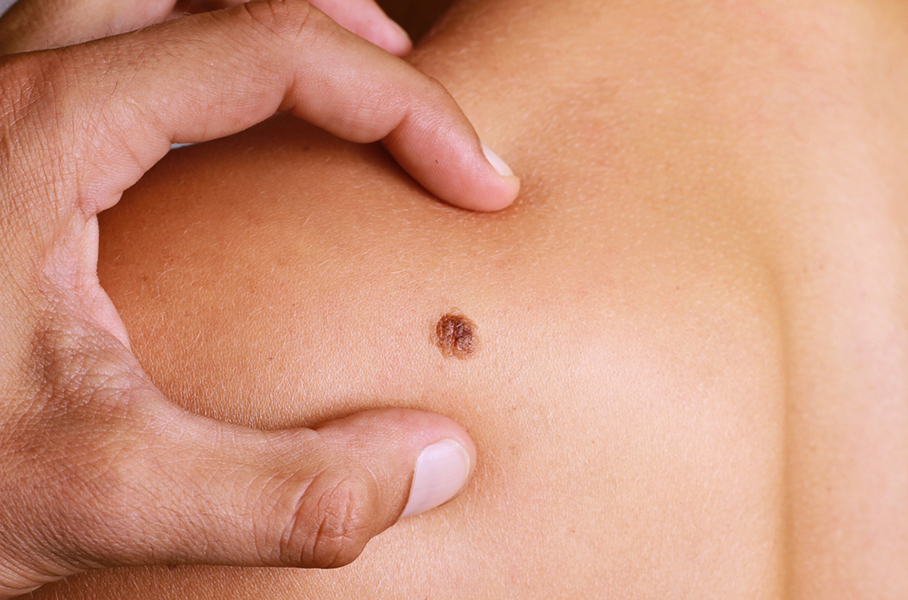
Melanoma


MELANOMA FACTS
Melanoma is the most dangerous form of skin cancer and accounts for the majority of skin cancer deaths (75%)
QUEENSLAND STATISTICS
- In 2013, there were 3697 new cases of melanoma where 59% were for males.
- Queensland has the highest melanoma incidence rate in the world (40% higher than national rate).
- In Australia, 1 in 14 men and 1 in 24 women will be diagnosed with melanoma sometime in their life
- In Queenland, 1:11 men and 1:19 women diagnosed by age 85 y
- In 2008, Australia had the world’s highest age-standardised incidence rate of melanoma . This is 12 times the average world rate
- Melanoma death rates in QLD were 7 times the world average in 2012
- In 2014–15, consultations for skin cancer were the ninth most frequent reason for GP visits among chronic disease problems with 1.2 consultations per 100 encounters nationally
Reference
- Queensland Health. The health of Queenslanders 2016. Report of the Chief Health Officer Queensland Government. Brisbane 2016
- Qld cancer registry ,qld cancer statistics online 2011 AIHW 2010, ABS.)

WHAT IS MELANOMA ?
- Melanoma is a cancer of the pigment-producing cells in the skin, known as melanocytes. Normal melanocytes reside in the outer layer of the skin and produce the brown pigment melanin, which is responsible for the color of our skin. In Melanoma, the melanocytes become cancerous, grow, and invade other tissues.
- A melanoma may appear on the skin as a dark patch or bump. It might resemble a normal mole, but typically is more irregular in appearance. A change in the appearance of an existing spot or mole should be reported and assessed by the doctor, as this very change constitutes a warning sign.

WHAT ARE THE RISK FACTORS FOR MELANOMA
- Intermittent high sun exposure is an important risk factor.
- Family and personal history are important factors.
WHAT CAN YOU DO ?
 Any sign of potential melanoma should be assessed immediately by a medical professional for appropriate treatment.
Any sign of potential melanoma should be assessed immediately by a medical professional for appropriate treatment.
Patient self assessment and formal skin check by a Specialist Dermatologist may detect melanoma early.
Skin Checks and Self Examination
MANAGEMENT OF MELANOMA:
- Surgical removal of melanoma is the definitive treatment.
- An initial excision biopsy is obtained prior to formal excision. This confirms the diagnosis and helps to determine the extent of further treatment.
- Further treatment and investigation is based on how advanced the melanoma is.
- Ongoing skin surveillance is required after a diagnosis of melanoma.
Your Dermatologist is a specialist in assessment and treatment of melanoma. They can assess your skin andorganise treatment as required.
MELANOMA INFORMATION FOR PATIENTS
MELANOMA PATIENTS AUSTRALIA
- the peak national body representing patients , family , carers and friends
- Support line 1300 88 44 50
melanomapatients.org.au
CANCER COUNCIL AUSTRALIA : UNDERSTANDING MELANOMA ( A GUIDE FOR PEOPLE WITH CANCER, THEIR FAMILY AND FRIENDS) (2015)



